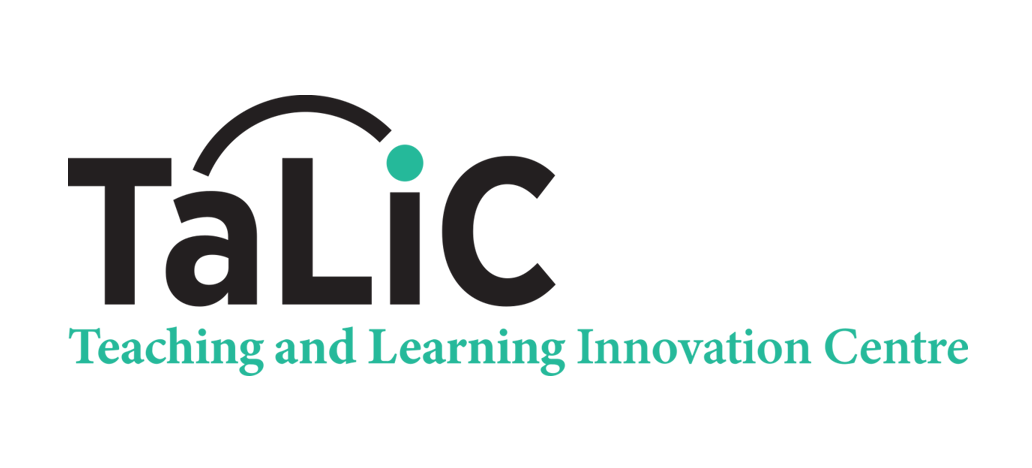Q1. What is a "Token" in HKU ChatGPT?
Q2. What is a "Topic" in HKU ChatGPT?
Q3. What are the links for HKU ChatGPT and DALL-E for students?
Both teachers and students share the same links to HKU ChatGPT (https://chatgpt.hku.hk/) and HKU DALL-E (https://dalle.hku.hk/).
Q4. Will HKU ChatGPT and HKU DALL-E store my conversation data?
Q5. How can I create a good prompt in ChatGPT?
For HKU teachers and students, Module 3 of the self-paced AI Literacy for Education course goes over the fundamentals of prompt engineering.
Q6. How can I identify whether AI was used to cheat in academic work?
Given the lack of reliability and consistency, it is currently not advisable to rely on AI detection tools to prevent cheating or academic misconduct. Please use your best judgment when identifying student work that may have been partially/wholly generated by AI tools. We recommend educating students on the value of learning and integrity. You can also consider redesigning your assessment tasks and use those which AI cannot fully replicate or accomplish (also see https://aied.talic.hku.hk/assessment/resources/); this may further support students in developing their AI literacy. You can also ensure that students know how to declare, acknowledge, and/or cite their use of AI tools (e.g., https://apastyle.apa.org/blog/how-to-cite-chatgpt).
Q7. How can AI tools help me integrate and analyse research data?
Q8. For academic work involving calculations and formulas, how can I check whether AI tools were used to complete the quiz or assignment?
Q9. How can I know more about AI in Education?
Q10. Are there any free and accessible AI tools available for staff and students to use?
Q11. Are there any AI tools supported by the HKU account?
Q12. I can access HKU ChatGPT several months ago, but I cannot access it after I renewed my contract. What should I do?
Q13. What is the quota limit of using HKU ChatGPT for teachers?
Q14. I have a project that uses HKU ChatGPT. Can I increase the quota limit?
Q15. I am using Grammarly, ChatGPT or other AI tools in my work. How can I figure out if it is cheating or plagiarism?




